Allosaurus is a large carnivorous dinosaur that lived approximately 155 to 150 million years ago. Like many other predatory dinosaurs, Allosaurus walked on two legs, and had long, sharp teeth.
They were formidable predators, and massive dinosaurs. Archaeologists believe these creatures measured 28 ft. long on average, but could surpass lengths of 39 ft. or more! Read on to learn about the Allosaurus.
Description of the Allosaurus
Many large, terrestrial, predatory dinosaurs had similar body shapes, and Allosaurus is no exception. These creatures had large skulls, short, powerful necks, long tails, and short front legs.
While most individuals were around 28 ft. long, researchers believe some animals could grow to 39 ft. or more. They base these estimates on the difference in bone size of various fossils. Far from lean and mean, researchers estimate that these dinosaurs weighed upwards of 2,000 lbs. and possibly up to 4,400 lbs. or more.
Interesting Facts About the Allosaurus
You might have heard of these large predators, as they were quite imposing animals in their time. However, these fun facts might just surprise you! Read on to learn more about these massive predators.
- All the Allosaurs – Did you know there are four known species of of this particular dino? That’s just the species that we know about! Who knows what other fossilized dinos are waiting for our discovery? The four known species are: Allosaurus fragilis, Allosaurus europaeus, Allosaurus amplus, and Allosaurus lucasi.
- Big Prey – We have plenty of evidence suggesting that they preyed on other large dinosaurs, particularly Stegosaurus. Some specimens researchers found had puncture wounds matching those of a Stegosaurus tail spike. Conversely, some Stegosaurs had wounds matching the bite of Allosaurus.
- Small Bite – Though their mouths were large, these dinosaurs had relatively small teeth. Allosaurs had small teeth and a relatively low bite force compared to other predators its size. Instead of stabbing with long teeth, it used its jaws almost like saws to inflict slashes.
- Toothy Trouble – These dinosaurs didn’t get away from slashing at prey without losing a few teeth. In fact, they lost and regrow teeth incredibly frequently. There are so many fossilized Allosaur teeth that you can purchase one for only a few hundred dollars!
Habitat of the Allosaurus
These top predators roamed a number of different habitats. Overall, their environment was semiarid, and had wet seasons and dry seasons. Some of the ecosystems that these dinosaurs may have inhabited included floodplains, conifer forests, savannas, gallery forests of large ferns, and more.
It is likely that these creatures lived mostly in open floodplains, and occasionally entered more forested areas, simply because they are so large that forests would have been more inaccessible.
Distribution of the Allosaurus
This large dinosaur was incredibly common while it still roamed the earth. All of the fossils found to date come from the massive Morrison Formation, which covers a large portion of the western United States.
It is highly likely they also roamed outside of this formation, and didn’t become fossilized. Many specimens found in what is now the United States come from Colorado, Utah, Oklahoma, New Mexico, Wyoming, Montana, and South Dakota.
Diet of the Allosaurus
Though we know that they fed on Stegosaurus and other large dinosaurs, their diet was likely much more extensive than we can conclusively say. In fact, researchers have found their fossils in close proximity to Diplodocus, Apatosaurus, and Camarasaurus.
Researchers believe that they preferred to feed on young or juvenile individuals when preying on large dinosaurs, much like modern-day predators. Their very large mouths – which opened up to an incredible 92º angle – likely aided their hunting.
Allosaurus and Human Interaction
Humans (thankfully) never interacted with Allosaurus. These dinosaurs went extinct far before humans ever began to walk the Earth!
Domestication
Because they went extinct long before we came around, humans never domesticated Allosaurs in any way. Plus, it would likely have been an impossible task!
Does the Allosaurus Make a Good Pet
No, owning a 30+ ft. predator as a pet is undoubtedly a bad idea. Allosaurs would have been terrible pets!
Allosaurus Care
Keeping these massive creatures in a zoological setting would have been very difficult. Not only would housing them take huge enclosures with impossibly strong fences, but it would have required impractical amounts of meat to feed them. If they were alive today, it is very unlikely that any zoo would house Allosaurs.
Behavior of the Allosaurus
Because there are so many Allosaurus fossils, we can actually glean some information about their social behavior. Researchers have widely speculated that these dinosaurs might have hunted in packs.
Conversely, some archaeologists believe that interactions between Allosaurs were aggressive rather than cooperative. There is fossil evidence of fights between members of the same species. These could, however, be a result of fights for dominance or mating rights.
Reproduction of the Allosaurus
Like most dinosaurs, we know very little about the mating rituals and reproductive strategies of Allosaurs. While we do not know how they chose mates, how long they incubated their eggs, or when they reached sexual maturity, scientists have speculated some details about how they reared their young.
Archaeologists have found chewed bones of large prey species away from any other fossils, and estimated that these may have been food brought back to young Allosaurs by their parents.


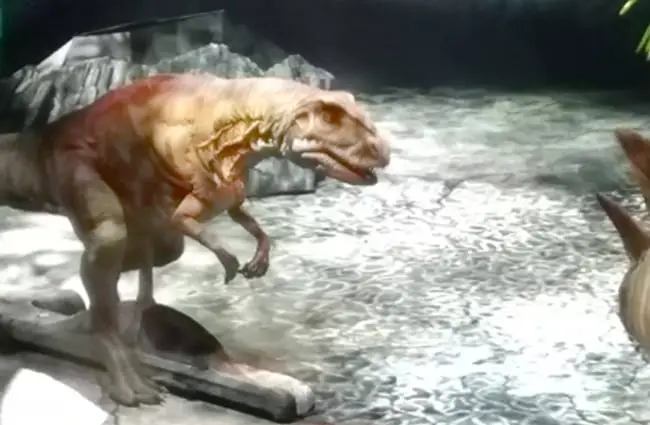

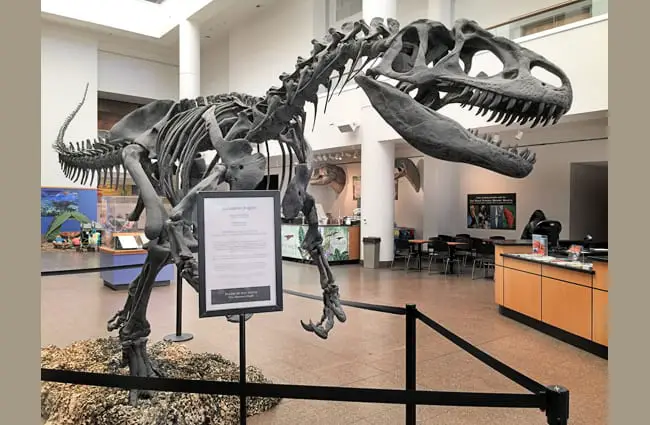
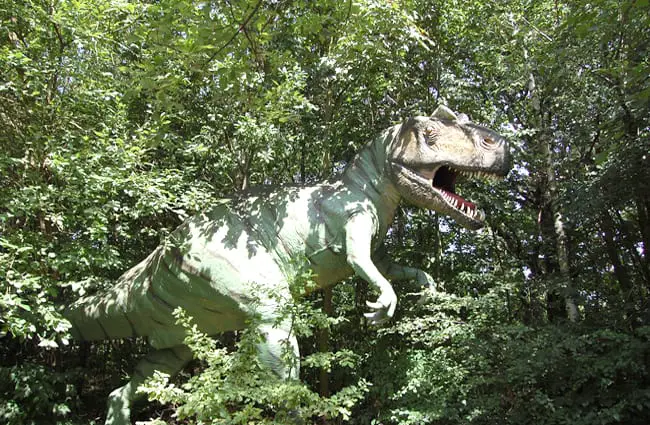
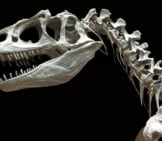
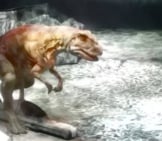
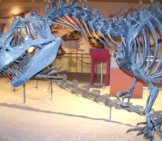
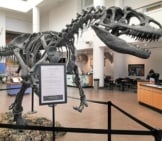

![Red Angus Closeup of a beautiful Red Angus cowPhoto by: U.S. Department of Agriculture [pubic domain]https://creativecommons.org/licenses/by/2.0/](https://animals.net/wp-content/uploads/2020/03/Red-Angus-4-238x178.jpg)












![Red Angus Closeup of a beautiful Red Angus cowPhoto by: U.S. Department of Agriculture [pubic domain]https://creativecommons.org/licenses/by/2.0/](https://animals.net/wp-content/uploads/2020/03/Red-Angus-4-100x75.jpg)

